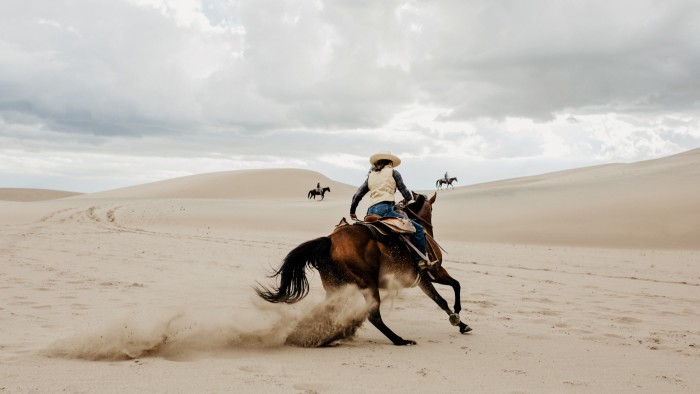HTSI editor’s letter: how to give it in 2020

Roula Khalaf, Editor of the FT, selects her favourite stories in this weekly newsletter.
Welcome to the second edition of How To Give It, an initiative we introduced in February with a UK-only supplement, but have since developed thanks to your support. In a year in which so many philanthropic efforts have been halted, the cost of the pandemic has found many charities and public institutions fighting for survival. From arts organisations to medical-research facilities and helplines, all are facing a massive shortfall in their annual projections, and many are having to scythe back their staff. It’s even more depressing when you realise that many of those staff were relocated to help cope with pressures in other charitable sectors when the pandemic cases soared.

In researching the best ways to give it this winter, Claire Wrathall faced a sometimes-overwhelming task. Every charitable organisation needs money. And lots of it. The issue, as she points out, is not that people haven’t been donating, it’s that there simply isn’t enough being given to go around. In what we hope might be a simple primer, however, Claire has identified some key causes and tried to offer useful tips and information that can really make a difference when it comes to helping out. Likewise actress Angelina Jolie, a special envoy of the UN since 2012 who has been advocating for the rights of refugees for 20 years. She too offers practical ideas on how to give it. She also shares her optimism about how this year might help us to reimagine our approach to humanitarian aid.

Ramla Ali is well acquainted with the refugee experience. She has dedicated much of her working life to raising awareness around humanitarian crises, as well as encouraging women in vulnerable situations to become empowered. The Somali-born, London-raised campaigner has deflected numerous prejudices in her path to fight as a professional boxer. In “Force for Good”, she talks to Tim Auld about her work with Muslim women and her social activism (she’s committed to giving 25 per cent of her first year’s take as a professional boxer to Black Lives Matter charities), as well as the way she has used fashion, and her role as a brand ambassador, to help change how women are represented in the media today.

This issue also celebrates random acts of kindness that simply put some happy back in people’s lives. I first chanced upon one of Lewis Miller’s flower flashes a couple of winters ago while staying in Manhattan. At the time I had no idea that this captivating, massive bouquet of crimson flowers that appeared to have exploded from a trash can was part of a guerrilla flower movement, and decided it must be the work of fairy folk instead. In “Flower to the People”, Lauren Hadden goes behind the making of one of Miller’s flashes, his 92nd at the time of writing, to find out how these magical, most ephemeral of moments come together. Miller’s motivation – to put a smile on weary faces – is a brilliantly simple concept. But his execution is sublime.
How well did Robert Armstrong execute his role as a ranch hand? The FT’s US finance editor and style writer has many talents – but how handy would he prove on a 103,000-acre cattle farm? Having not sat on a horse for some 30 years, Rob found his trip to Colorado’s Ranchlands an opportunity to reconnect with Mother Nature, take part in an epic conservation project and unleash his inner cowboy. In doing so, he may also have made a contribution to the protection of a landscape much eulogised in the mythology of America. How to give it back to nature… It seems a fair exchange for feeling saddle sore.
Comments